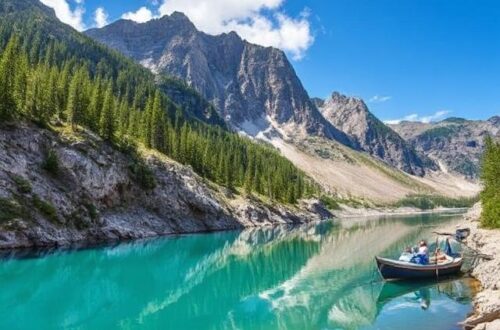The best time to visit US national parks comes down to what kind of adventure you’re chasing. Some folks want peaceful hikes without crowds, while others want warm weather and open trails. Whether you’re a first-timer or park regular, figuring out the right season makes all the difference. Seasonal travel USA is all about matching your plans with the rhythms of nature. With the right timing and a few park travel tips, your outdoor adventures can be unforgettable.
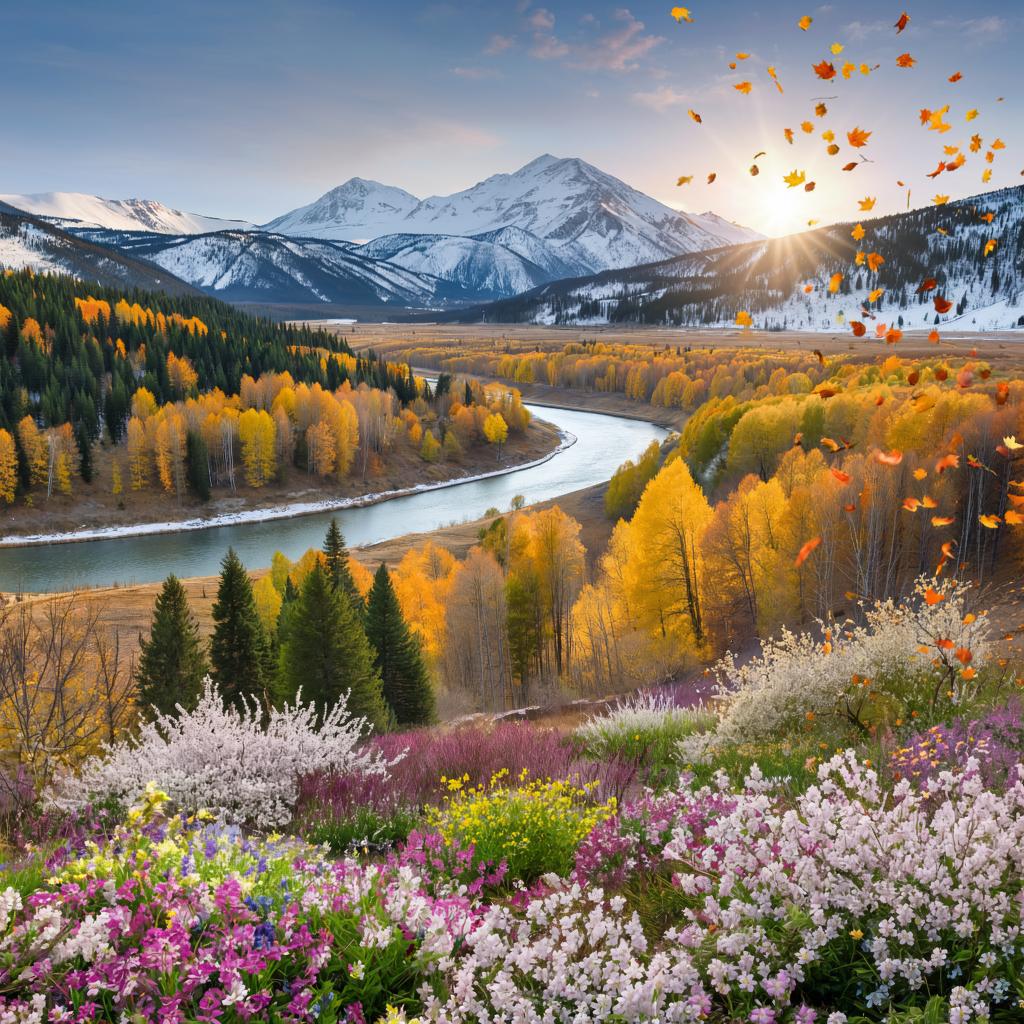
Overview of U.S. National Park Seasons
Each season has something different to offer. The best time to visit US national parks depends on what you value most. Spring brings blooms and mild weather. Summer offers access to every corner of a park, but the crowds follow. Fall is perfect if you want crisp air and golden leaves. Winter gives quiet trails and frosty scenes.
Some parks are at their best in spring, when waterfalls roar and wildflowers bloom. In others, like Glacier, roads don’t open until July. In winter, spots like Death Valley or Everglades shine because they’re not scorching. Your perfect time depends on your goals—and knowing what each season brings helps you make the call.
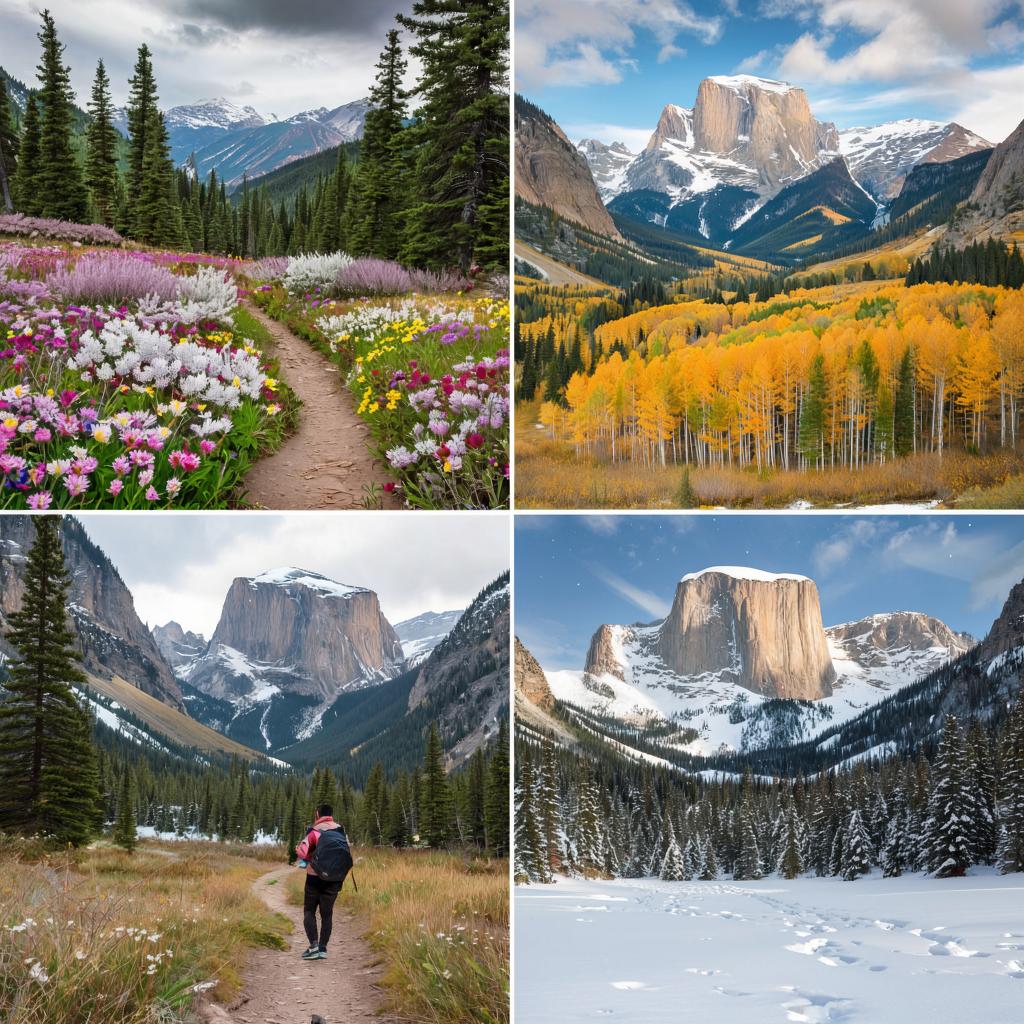
Spring vs. Summer vs. Fall vs. Winter
Spring: Fresh Starts and Fewer People
From March through May, nature wakes up. Waterfalls rush. Flowers spread across valleys. Temperatures are kind, especially in southern or lower-elevation parks. You’ll dodge summer crowds and still see some serious beauty. Great Smoky Mountains pop with wildflowers in April. Zion stays between 60–80°F, perfect for hiking. Yosemite’s falls peak in May, thanks to melting snow. But watch out: higher parks may still have snow. Roads can close without warning.
Summer: Open Roads, Packed Trails
June to August is the most popular season. Trails are open. Weather’s hot but manageable. Days are long, so you can hike early or late. But you won’t be alone—this is when crowds surge. Glacier finally opens Going-to-the-Sun Road in July. Yellowstone is buzzing with wildlife, geysers, and people. Acadia combines ocean views with blueberry pie breaks. Want to enjoy it? Show up early, or stay at a campground near lesser-known trails.
Fall: Colors, Calm, and Cool Days
September through November is peaceful and bright. Temperatures drop. Leaves turn. Wildlife is active. It’s a sweet spot—especially after Labor Day. Grand Teton glows gold in September. Arches cools down from its summer highs. Shenandoah and Great Smoky are famous for fall color. You’ll see fewer people, cheaper rates, and better hiking conditions.
Winter: Frosty, Quiet, Magical
Winter’s chill keeps most folks away. But if you bundle up, the rewards are worth it. Some parks become peaceful snow globes. Others, like desert parks, are finally comfortable. Yosemite’s Firefall shows up in February. Yellowstone turns into a snowy safari. Death Valley’s 60–70°F days are ideal for long hikes. Some roads close, but winter travel means you don’t need reservations. Just dress in layers and check weather alerts.
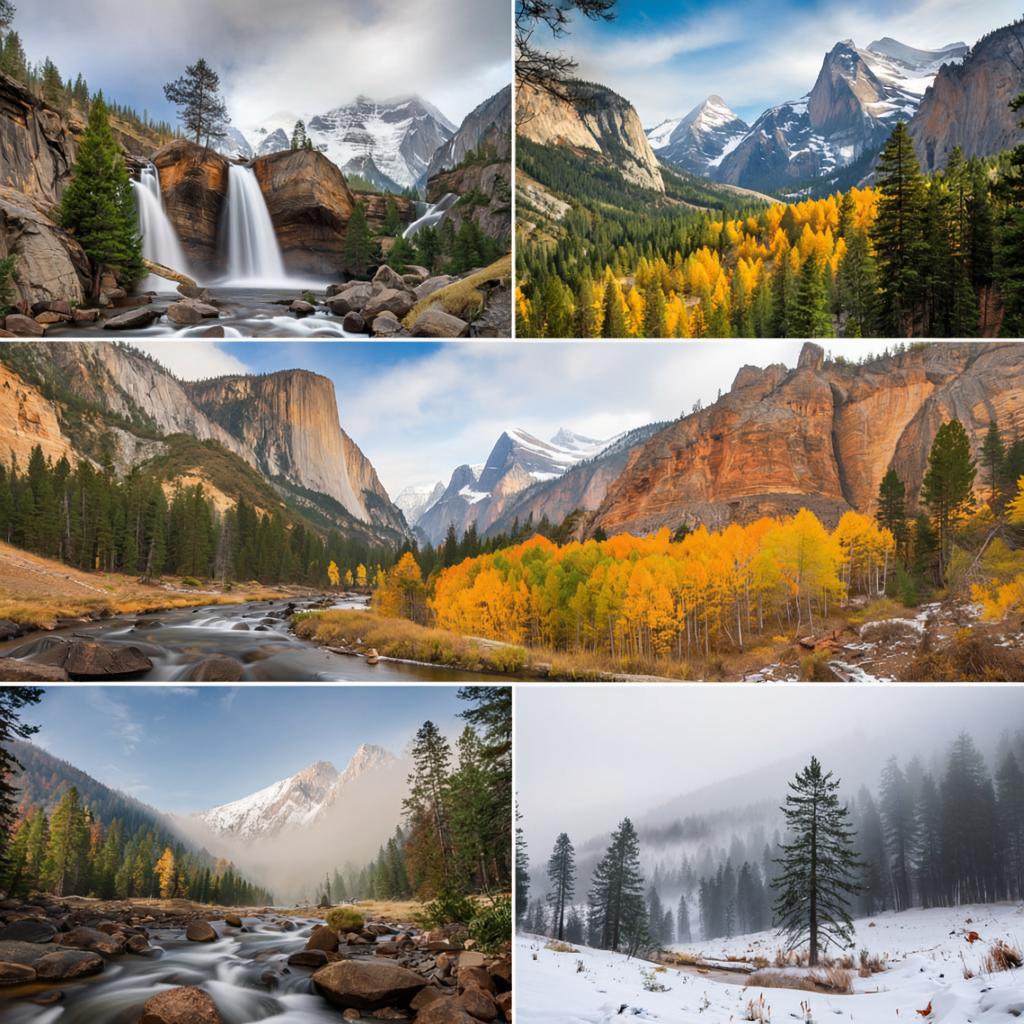
Top 5 Parks and Their Ideal Visit Time
| Park | Best Season | Why It’s Ideal |
|---|---|---|
| Yosemite | Spring | Waterfalls are strongest |
| Glacier | Summer | Roads and trails fully open |
| Zion | Fall | Comfortable temps, fewer crowds |
| Death Valley | Winter | Mild days for desert hikes |
| Great Smoky Mountains | Spring/Fall | Wildflowers or autumn color |
Yosemite: Springtime Power
Spring is when Yosemite shows off. Snowmelt feeds massive waterfalls, and the valley fills with color. It’s less crowded than summer but still has good access to trails. The contrast of green meadows and granite cliffs feels fresh and alive. If you’re lucky, you’ll catch the fleeting dogwood blossoms lining the trails.
Glacier: Summer Freedom
Glacier is tricky. Roads like Going-to-the-Sun usually open in July. If you want to see the whole park, wait until midsummer. Wildflowers are out, and you’ll spot bears and goats along the way. Alpine lakes thaw, and high-elevation hikes become possible. Long daylight hours let you cover more ground without rushing.
Zion: Autumn Bliss
Zion in fall feels just right. Temps drop into the 70s. Leaves change. Crowds fade. You can hike The Narrows without freezing. And Angels Landing feels less chaotic. Wildlife is active, and light filters through the canyons in soft gold. Fall is calm but still full of color and life.
Death Valley: Winter Comfort
Winter means you can finally explore Death Valley without melting. Days hover around 65°F. Stargazing is unreal. You’ll have space to breathe and time to wander. The contrast of cool air and vast desert silence is striking. Sunrises and sunsets stretch in warm pastels over salt flats and dunes.
Great Smoky Mountains: Spring & Fall Highlights
This park shines twice. In April, wildflowers burst out in color. In October, those same valleys explode with red and orange leaves. Either way, it’s not too hot, not too cold, and always beautiful. Wildlife is active, and misty mornings make trails feel magical. Seasonal change comes in waves across the hills.
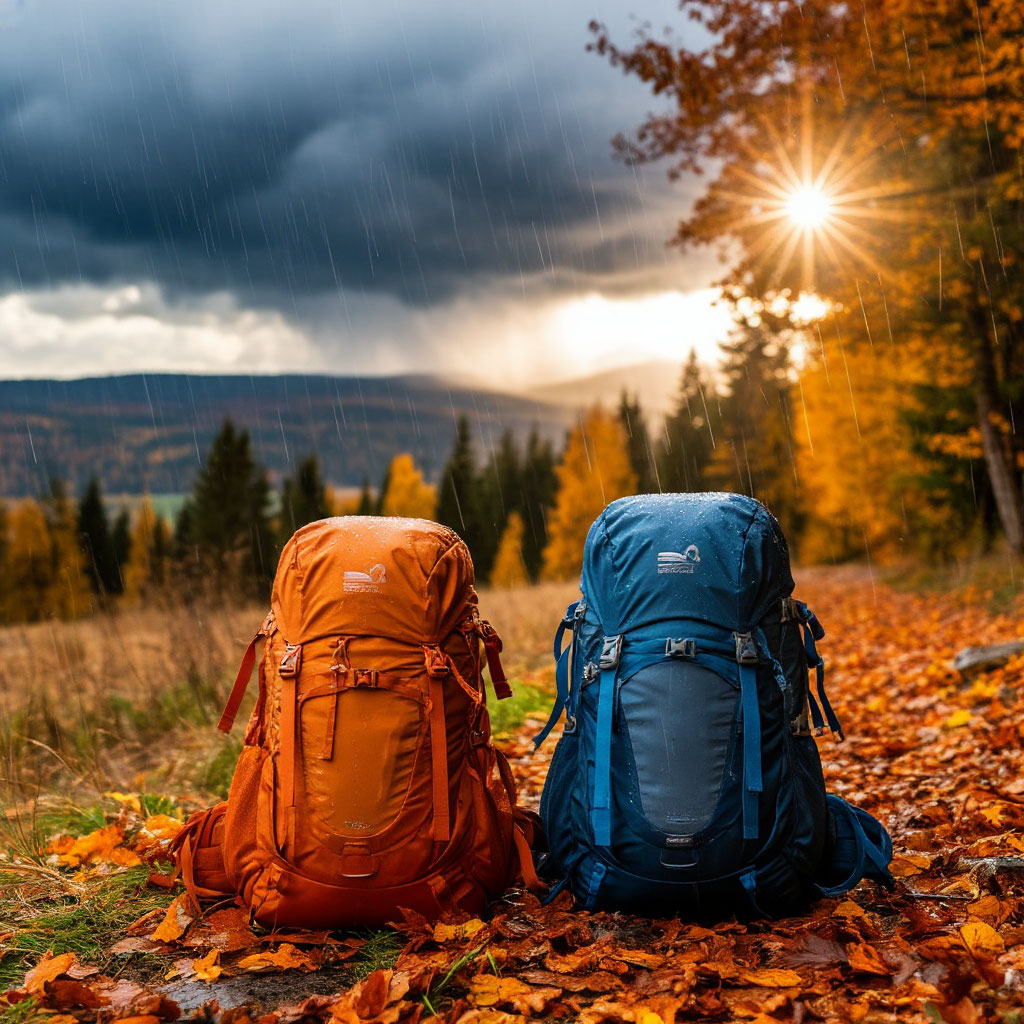
Packing & Planning Based on Season
Timing your trip right is step one. But smart packing and planning make it smooth. Each season comes with its own prep checklist. Whether you’re heading into spring mud or winter snow, being ready makes a big difference. Here’s what to keep in mind no matter when you go:
- Pack layers for spring and fall—mornings can be chilly and afternoons warm.
- In summer, hike early and carry more water than usual. Sun protection is essential even at higher elevations.
- For winter, go with moisture-wicking clothes, and avoid cotton. Snow can cover signs, so knowing your route helps. Always check for road closures before heading out.
- Plan early if you’re visiting in summer. Campsites and lodges fill fast.
- Use park apps or offline maps, since cell service often drops in remote areas.
- Avoid major holidays and weekends to steer clear of peak crowds.
With solid national park planning and a little flexibility, each season becomes an opportunity—not an obstacle.
The best time to visit US national parks isn’t the same for everyone. Spring gives you color. Summer opens the whole map. Fall keeps it calm. Winter adds peace and magic. With solid national park planning, you’ll catch the best each season offers. Let your plans fit the weather, the crowds, and your idea of a great day outside. That’s the key to getting the most from your outdoor adventures.





